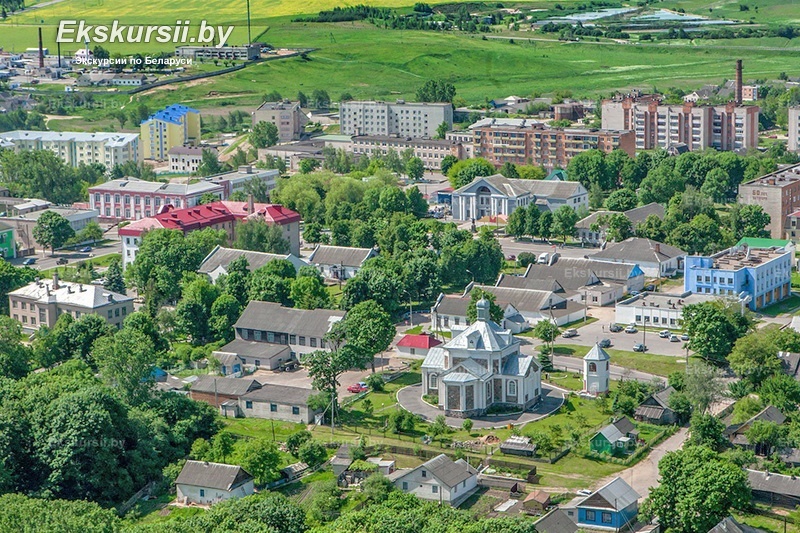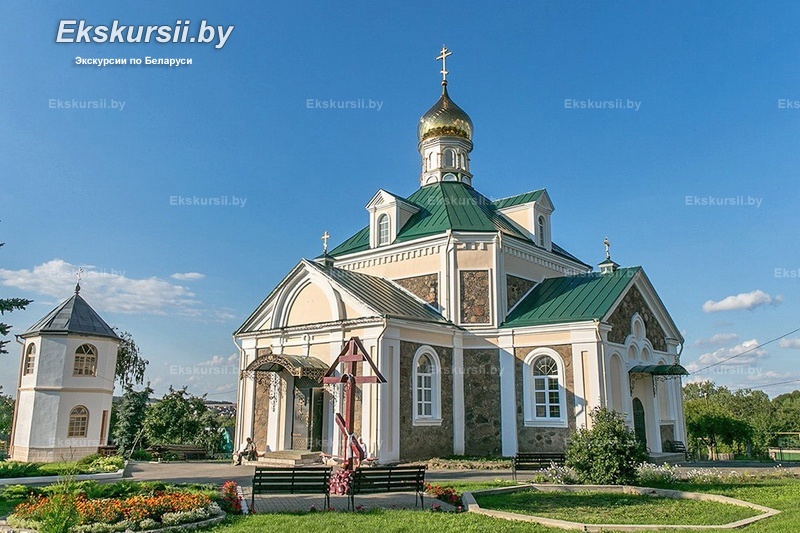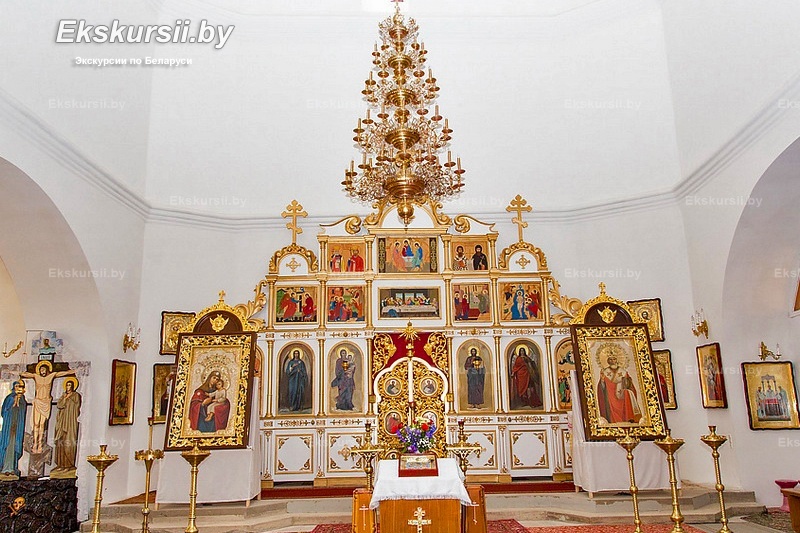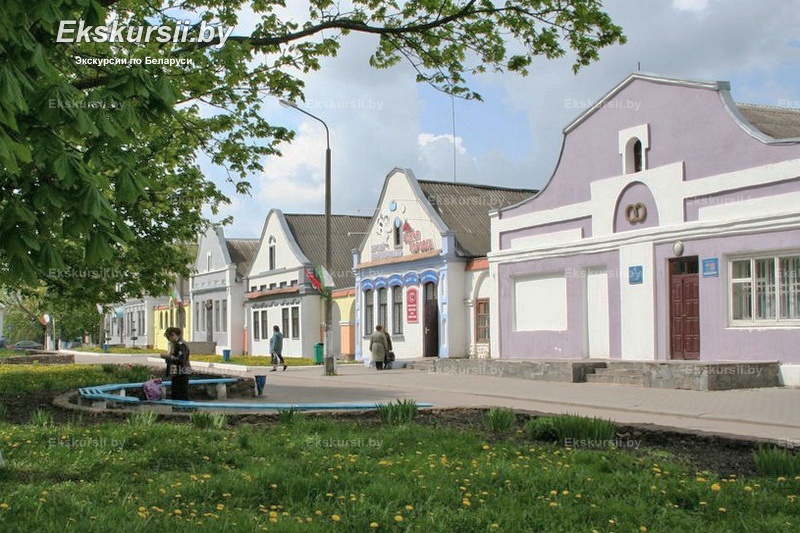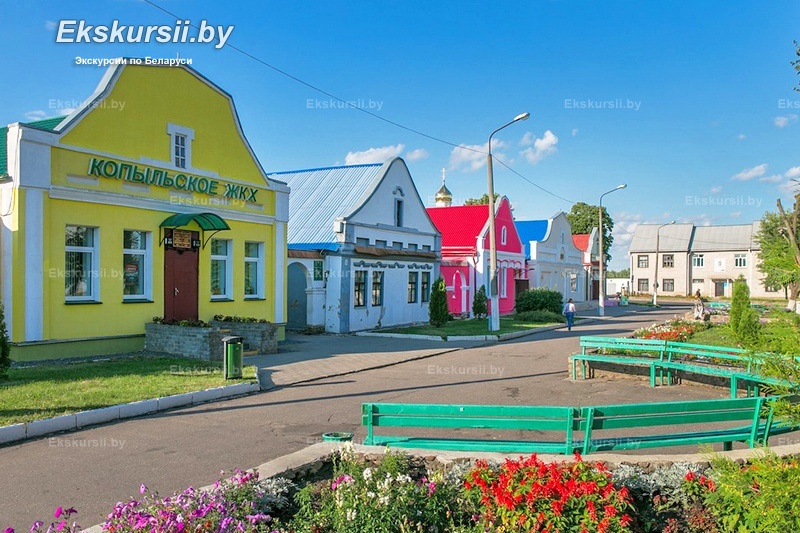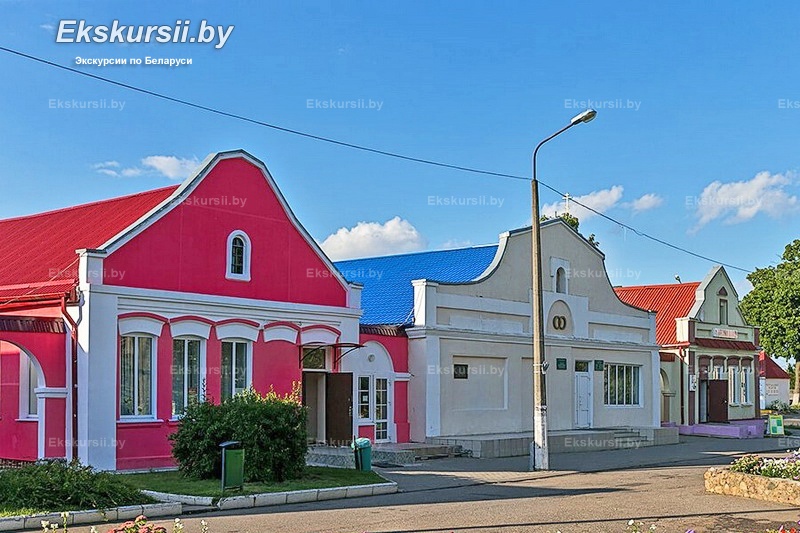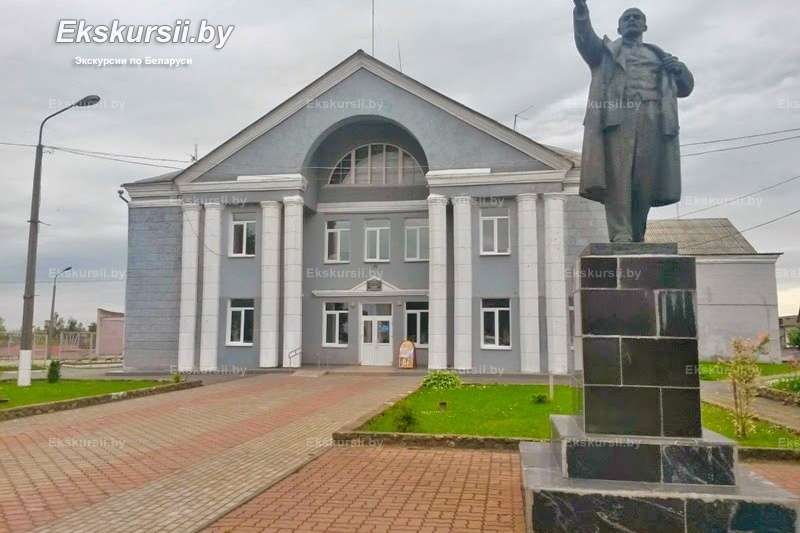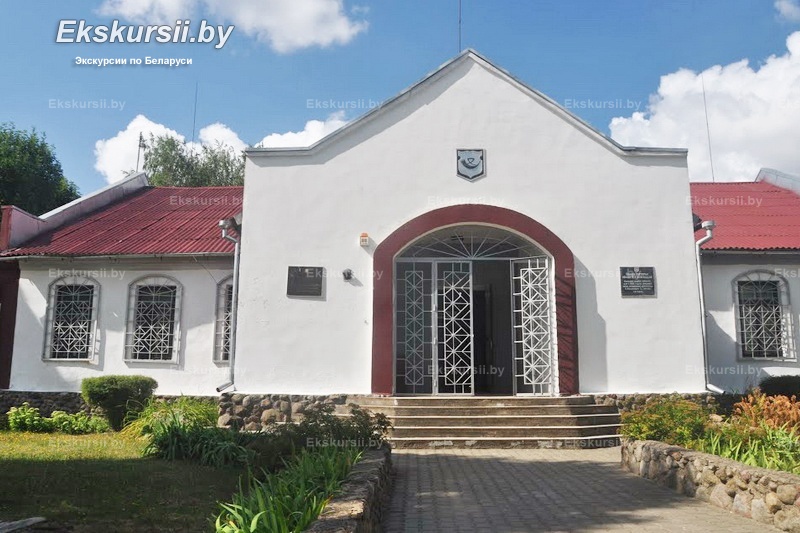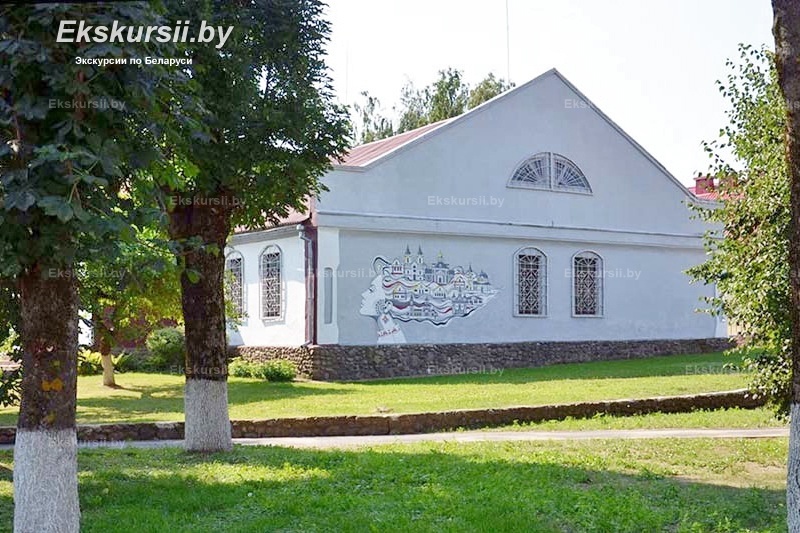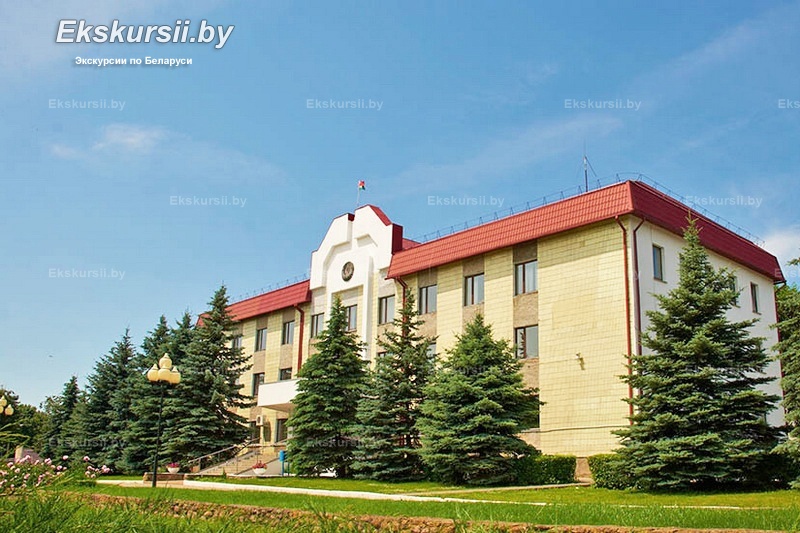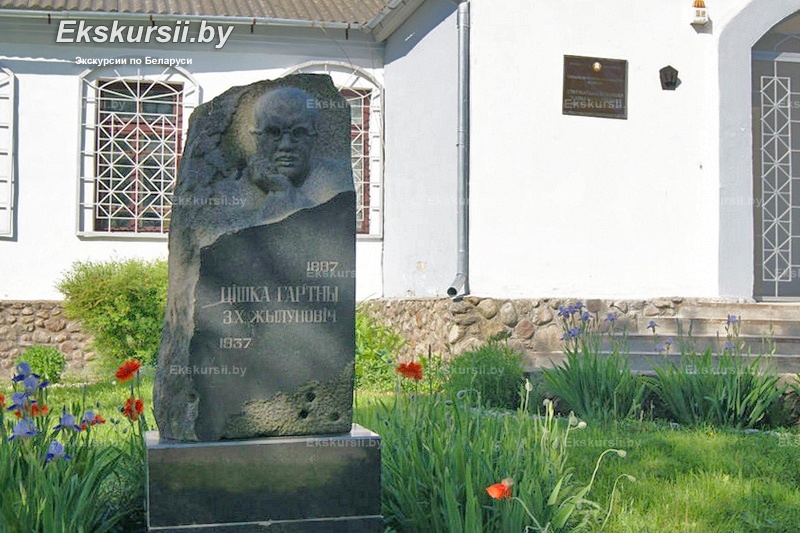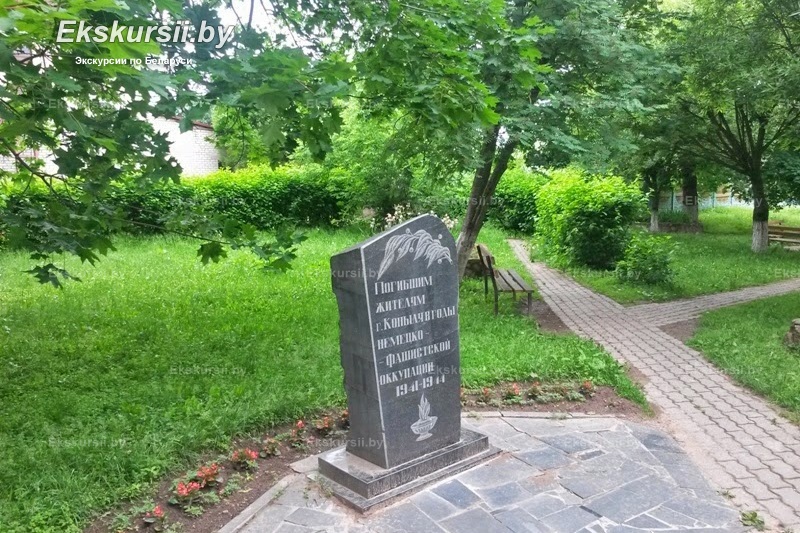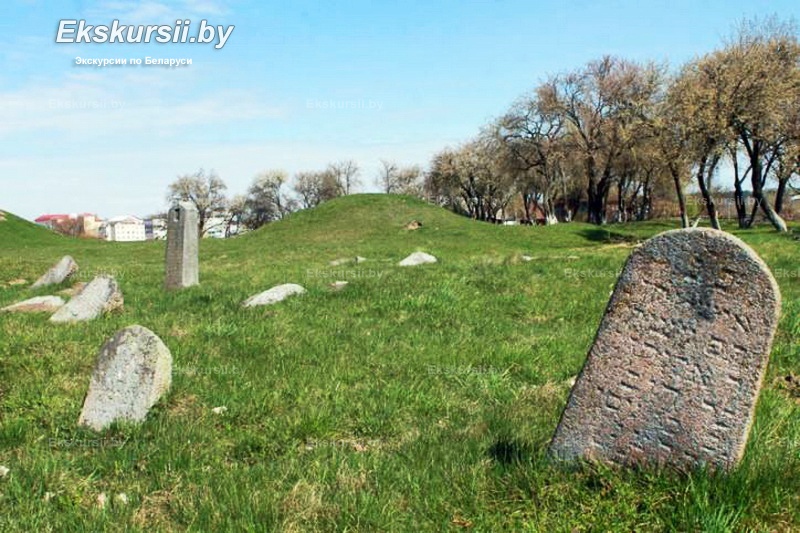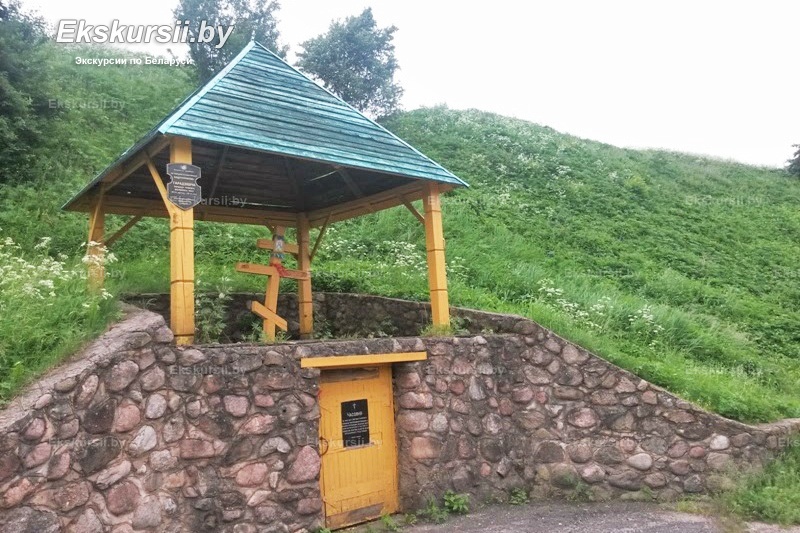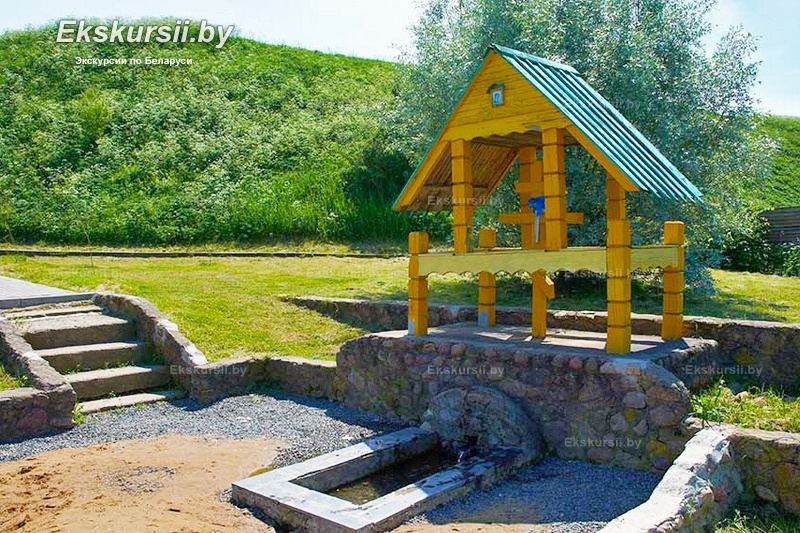History of the development
Kapyl is one of the most ancient cities of Belarus, the first written mention dates back to 1006 - it was mentioned among the cities that became part of the Turov episcopacy. But still, a more well-known fact is the mention of Kopyl in Volyn-Galician Chronicle in 1274 in connection with the war between the Galician Prince and the Grand Duke of Lithuania.
At the beginning of the ХIV century Kapyl became part of the Grand Duchy of Lithuania, a wooden castle was built on a high hill. By the end of the century Prince Vladimir was the owner of the castle. The son of Prince Vladimir Alexander became the founder of the Olelkovich family, who rulled Kletsk for two centuries. In the XVI century the city was attacked by Tatars, but always successfully fought off their raids.
Since the beginning of the XVII century the city has been rulled by famous Radziwills family. In 1652 Kapyl received Magdeburg Law, the coat of arms and seal, as well as permission to organize fairs and the building of town hall. The city was damaged during the Northern War.
After the second division of the Polish and Lithuanian Commonwealth, Kapyl became part of Slutsk district of the Russian Empire, however, the status of Kopyl was soon reduced and it became a village.
The history of Kopyl is connected with many famous cultural and political figures of Belarus, among whom Tishka Gartny.
During World War I, Kapyl was occupied first by German troops and then by Polish. In 1924 Kapyl became a district center, and in 1938 received the status of an urban village.
During the Great Patriotic War Kapyl was occupied by Nazi troops, here was located the German garrison and ghetto. On April 29, 1944 Kopyl was returned the status of the city.
Tourism potential
Kapyl has a lot of evidance of ancient history. Among such iconic places, the attention of travelers is attracted by Zamkovaya hill. The huge hill is a witness of the Ice Age in Belarus. Located at the confluence of the Kamenka and Magi rivers, Zamkovaya hill is an almost regular ellipse. On the top platform, about 60 meters to 100 meters, there was a castle, and ancient settlement before it. As a result of archaeological excavations the traces of Slavic Dregovich tribes and some characteristic of the Vikings were found. There is a memorial stone near the hill.
Among the curious sights of Kopyl it is worth noting ancient cemeteries, just three in the city - the Tatar, Jewish and Christian.
Among interesting places we should mentione Spaso-Voznesensky church, which was built of stone and brick in the form of a cross in 1866. Until 1937 the temple was the concentration of the religious life of Kopyl.
Arriving in Kapyl, it is impossible not to pay attention to the numerous stone buildings - it is an example of a preserved building of the beginning of the 20th century - «Kapylskoe suburb». The central part of the city around the market square was built up with just such buildings. Today these buildings are painted in bright colors, they house shops and residential buildings.
You can find out the history of Kopyl and the region in the district ethnographic museum, which is located in a historic building - a former leather workshop. The museum expositions will acquaint guests of the city with archaeological finds, ethnography of the region, the war period in the Kapyl region, as well as its outstanding natives.
Kapyl district is famouse over Belarus for the unique folk rite «Kolyadny kings», which is included in the list of world intangible cultural heritage by UNESCO. The rite is held on Shchedrets (on the night between January 13-14) in Semezhevo village of Kapylsky district.
